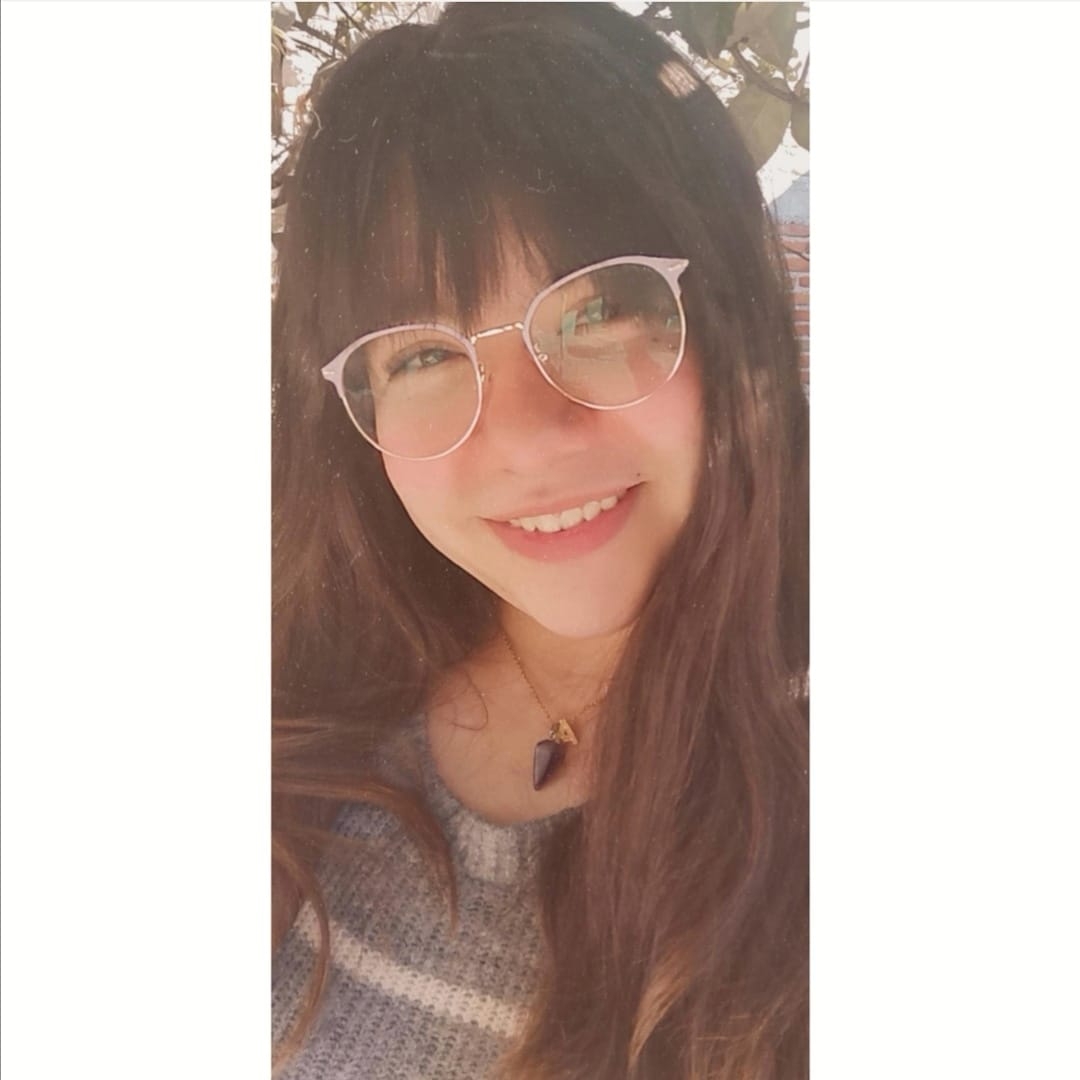What it does
This cutlery work for those who have a visual impairment. The knife, spoon and fork have a texture for easy identification, allowing the user to easily identify what cutlery they are taking without contaminating it and without hurting themselves.
Your inspiration
Two friends that I have who have a visual disability, and who at the time of eating wanted to have that freedom of not depending on someone else to tell them what cutlery they were taking or even if there was no one to turn to, they had to run their hands over the cutlery, leading to contamination or even injury. For this reason, I decided to solve this problem that not only they have, but around 1,300 million people around the world. The idea came to me when I was redesigning an object for a university project, after thinking about it, I concluded that the best redesign is the one that is going to make a change in someone else's life.
How it works
The design works thanks to the texture that was added to the spoon, fork, and knife, each one with a different texture and color, the latter so that those people who manage to distinguish and contrast some colors can also locate and differentiate them without having to touch them. They "see with their hands", something that was used to adapt the cutlery. Starting from this point, it was possible to conceptualize the textures according to the characteristics of each of the cutlery. The change is perhaps simple and imperceptible, however, adding these textures to each of the cutlery will allow more people with some visual impairment to be more independent at mealtime and will facilitate this task, making them feel useful and who have succeeded in a task such as eating. In conclusion, the design works thanks to the small texture that protrudes from the handle, which is very easy to feel, identify and distinguish those people with visual disabilities.
Design process
For one of my university projects, I have to redesign an instrument, after thinking a lot I came to the point that I wanted to make something that would really serve someone in their day to day, so I remembered a couple of friends that I have with visual impairment who told me that one of the most complicated tasks was the moment of eating since they had to go through many situations that frustrated them, such as not locating the cutlery, having to fondle them to identify them, taking them from the wrong side, and so on. These problems came to my mind and I started to work. I found that is no cutlery adapted for people with visual disabilities, at a certain point, people with visually impaired can use the regular cutlery we currently have. I investigated and came to studies where it is shown that people with a fault in some of their senses, maximize the others, like touch. I develop the various textures that each of the cutlery has, alluding to the same shapes of the cutlery, in addition to considering what each stroke means: triangles or peaks for the fork, emulating the aggressiveness of carving something; curves for the spoon, something smooth that indicates that it is not dangerous; finally, straight lines for the knife, these emulate the cuts and the edge itself.
How it is different
What makes this design unique is the simple fact that it really is, there is currently no other product not even similar for people with some visual impairment, perhaps there are some others for people who live with some other disability but not with visual disability. It is unique because it starts from a problem that has not been seen before because the idea is that they can use regular cutlery, without considering other problems. There are no similar products, but I am sure that if there were, they would be useful anyway since what matters with this kind of project is the purpose they have to make someone's life easier, to change their world step by step and the way of doing their daily activities. Tríada is a design that involves various factors and extensive research and conceptualization to reach what it is today. I am sure that it will open the way to similar projects that take on these problems that have been a little forgotten.
Future plans
What follows in its development is to focus on the search for a sustainable and biodegradable material to be able to elaborate them, that is safe to be in contact with food and in addition to being something firm and where the textures can be marked so that they achieve their function. What I have considered being able to achieve in the future is to be able to produce this set of cutlery on a large scale and to be able to get people with visual disabilities to try it, give me feedback and if it works for them, make sure that their set of cutlery Tríada is never missing in their homes. We want it to be something available and truly useful.



Share this page on
LinkedIn
Facebook
Twitter